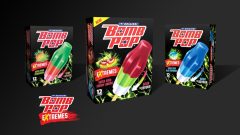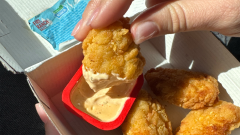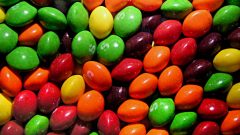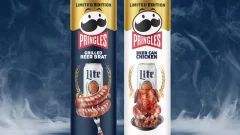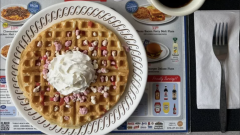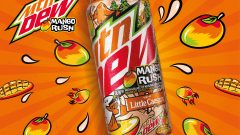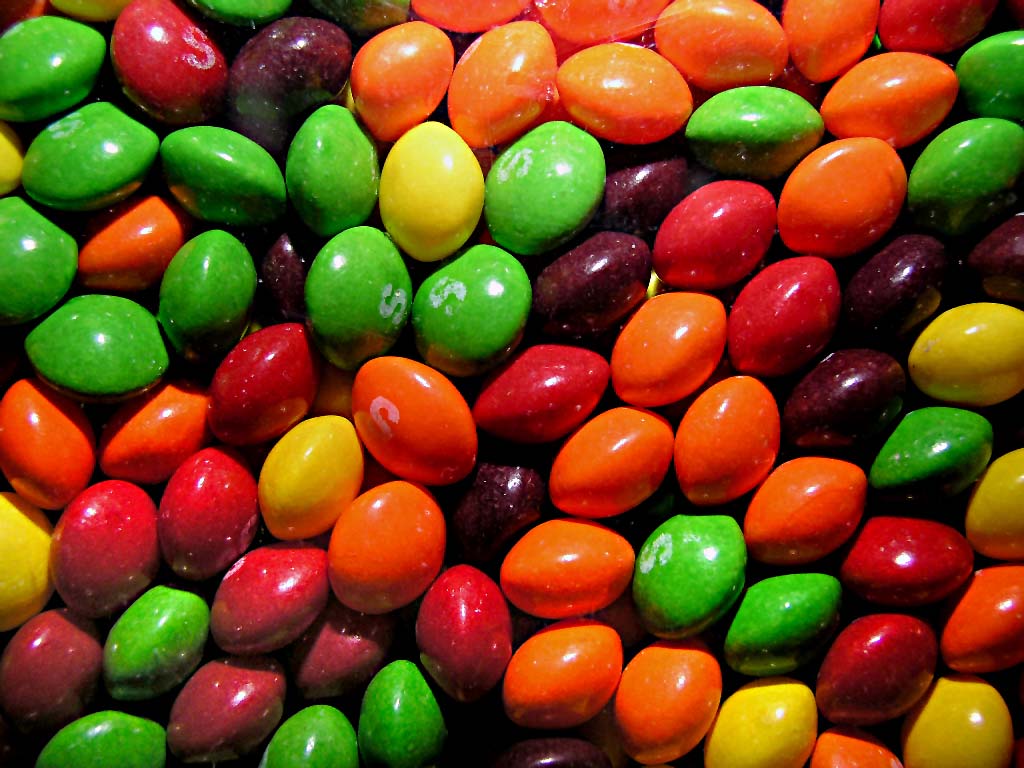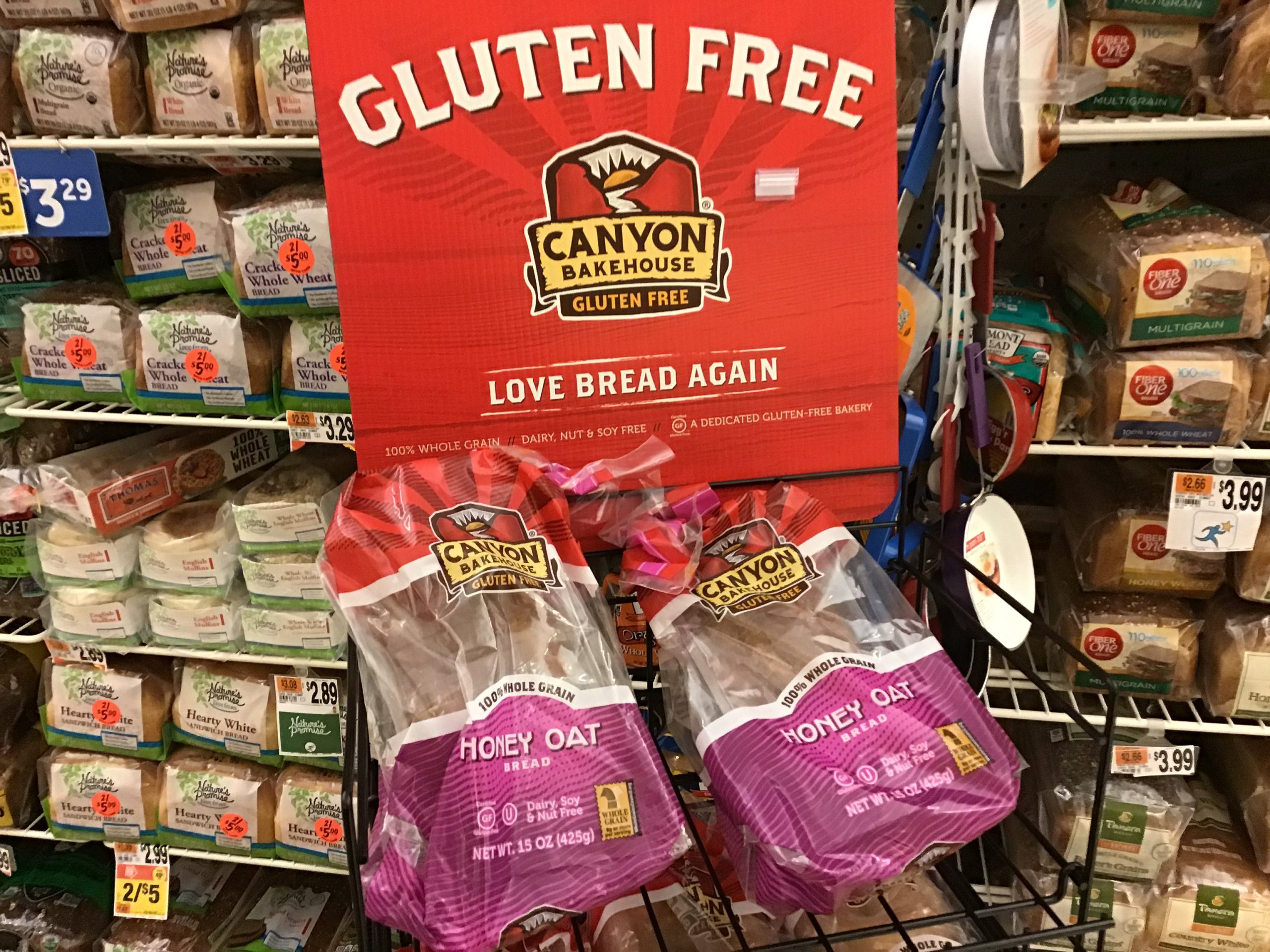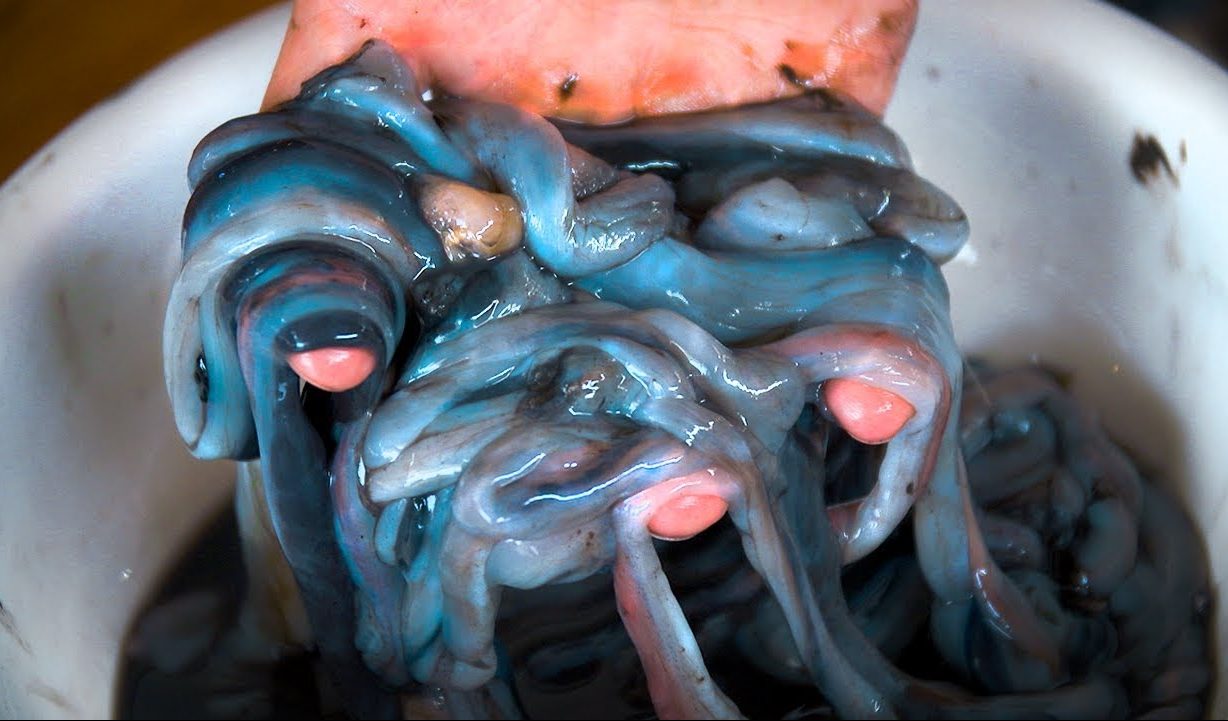Why Sushi Lovers Should Beware of Menus With ‘White Tuna’
Sushi lovers should be careful of restaurants offering “white tuna” or “white maguro.”
Recent complaints have been filed by people who have fallen ill after consuming it in Honolulu this past week. It’s an issue the health department has investigated before and is possibly looking into again.
Unknowing customers who order these items are unaware that they are really getting escolar, or walu. Sold under the guise of “white tuna,” escolar is actually a very oily, deep water fish with a waxy flesh. The fish is difficult to digest and can cause stomach pains and diarrhea.
According to a 2013 analysis by Oceana, 84% of “white tuna” sold in the United States is actually escolar.
Brooks Takenaka, Honolulu Fishing Agency manager, says he would never order the fish himself because he is aware that there is no such thing as a white tuna species. Takenaka remarked:
“Anybody that works with this fish knows that if you eat too much of it, then you may have… digestive problems.”
The Department of Health warns anyone who consumes escolar or walu to eat less than six ounces of the fish to avoid the ill effects, though tolerance may vary by individual.
Sushi chef Steve Shibutani acknowledges that there is a demand for the fish from mainland visitors to Hawaii, but he does not serve it himself. He shared his opinion of walu, saying,
“I guess it tastes good. It’s almost an alternative for toro, I guess, real fatty. Even though it’s white, it’s real rich in the mouth. A lot of people like the richness.”
Kauai Representative James Tokioka reported:
“We got calls from people who had gotten sick at a couple of restaurants that they ate the walu at, and we verified it at the emergency room that they went to.”
Though there are no laws against serving escolar, the health department will fine restaurants and businesses who improperly label the fish. Escolar is banned in countries such as Japan and Italy. A few mainland states have also attempted to ban the controversial fish.
Written by Laura Dang of NextShark || Source: khon2


